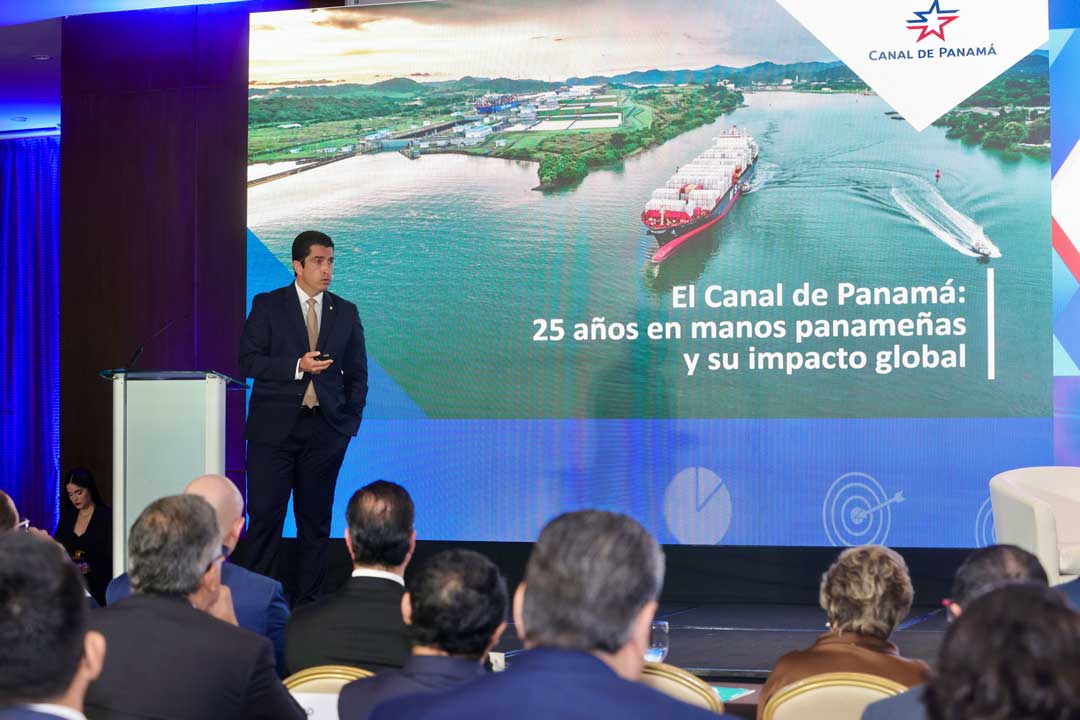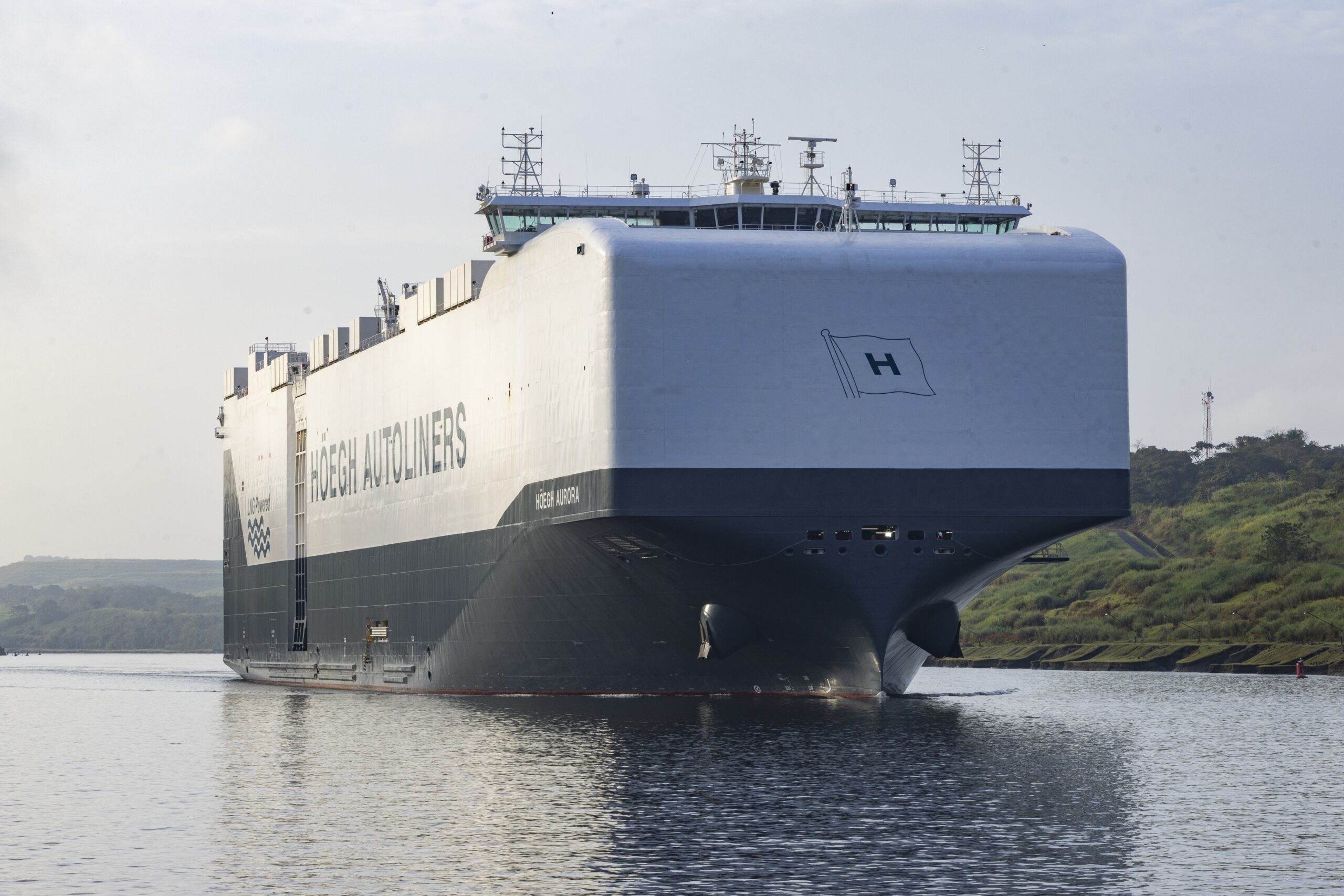Panama City, Panama, June 28, 2021 – The Panama Canal has decided to reformulate the tender model for the Water Management System Program to take into consideration the feedback received from the interested companies that participated in the prequalification process for the design, construction and implementation of an optimized water management system.
The Water Management System Program will consist of a portfolio of projects that provide a comprehensive solution to guarantee an adequate water supply, taking into consideration sustainable development, growth projections and the impact of climate change on the waterway.
“Our conversations with the interested companies during the prequalification process allowed us to better understand the level of risk that the sector is willing to assume, and to improve the tender process to secure water in the quantity and quality needed for Canal operations and the population for decades to come,” said Panama Canal Administrator Ricaurte Vásquez Morales.
Under the new structure, the Panama Canal aims to provide the interested parties with a conceptual design of the system, in order to reduce the level of risk, improve the cost estimates, and facilitate the technical evaluation of the proposals.
The Need for Water
To sustain natural resources and promote conservation of its watershed, the Canal conducts several programs that promote sustainable development and environmental protection and ensure the quality and quantity of water resources. The Canal’s skilled workforce works diligently to effectively manage the use of water, and also works hand in hand with the communities in the Watershed to ensure their sustainable use of the area’s natural resources.
Due to climate variability in recent years, the water resources in the Panama Canal Watershed have been impacted by low rainfall volumes and extreme weather, including floods and droughts. In six of the last 10 years, the Canal Watershed has experimented lower-than-average rainfall and increased water evaporation levels.
In 2019, rainfall at the Panama Canal Watershed was 20 percent below the historic average, marking the fifth driest year in 70 years and causing water in Gatun and Alhajuela Lakes to drop far below expected levels. By the end of that year, water levels were projected to be below the threshold and cause unprecedented impacts on customers planning to deploy vessels either in the Neopanamax or Panamax locks if no further adjustments were made accordingly.
For this reason, in February 2020, the Administration adopted a series of water conservation measures and established a freshwater fee, to safeguard an operational level of water. Through the Canal’s website, customers are provided with real-time data on current and projected water levels at the Gatun Lake and drafts, which allows them to calculate the freshwater fee and plan accordingly, adding transparency to the process.
Due to the effective management of the water resources, the Panama Canal was able to maintain draft levels above 13.72 meters (45 feet) during the dry season in 2020 and secured an optimal draft throughout the first six months of 2021. In June, the waterway increased the draft offered to 15.24 meters (50 feet), the highest level allowed in the waterway. While the Canal has benefited from higher rainfall and a shorter dry season this year, the waterway will maintain its ongoing efforts to safeguard the route’s resilience in the face of future climate variability, and thus its competitiveness and value offered to customers.
In addition, as an essential element of the waterway’s strategy, the Panama Canal has begun its transition to become carbon neutral by 2030, furthering its commitment to reduce greenhouse gas emissions in the maritime industry. While the Panama Canal already contributes to the reduction of emissions by offering a shorter route for ships in comparison to the most likely alternative routes, the waterway recognizes the importance of making its own operation carbon neutral by the end of the decade, implementing measures to integrate clean energy and energy-efficiency measures to transform its everyday operations.




